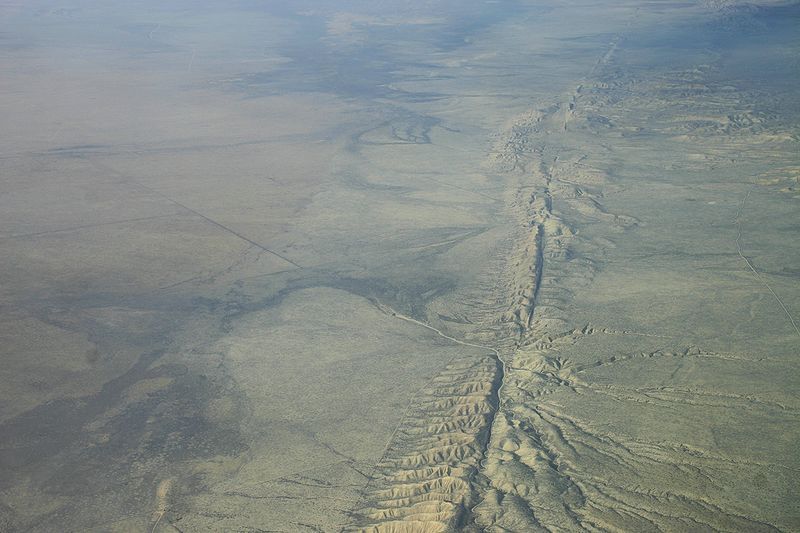
Scientists have discovered that the San Andreas Fault in California continued to slip for up to 12 years after the magnitude 6 Parkfield earthquake that hit the state in 2004. Experts say the discovery indicates other parts of the fault that are predicted to rupture in the near future could be at greater risk of afterslip than previously thought.
Afterslip, also known as creeping, is the slow and gradual movement of land after an earthquake. How long this movement lasts varies widely depending on the fault system. This makes it difficult to work out what the long-term damage to buildings and infrastructure will be.
In a study published in the Bulletin of the Seismological Society of America, geophysicist James Lienkaemper from the U.S. Geological Survey and Forrest McFarland of San Francisco State University, have now analyzed the Parkfield earthquake to create better afterslip forecasts for parts of the fault expected to rupture.
The San Andreas Fault is one of the longest fault systems in the world, stretching around 800 miles (1,300 km) through California. It marks the boundary between the Pacific and North American plate and has the potential to cause huge earthquakes. But not all sections of the fault are the same.
The part of the fault involved in the Parkfield earthquake—in geological terms—is very similar to the Hayward Fault, a section of the San Andreas Fault located near San Francisco. Known as a creeping fault, the Hayward fault has been identified as being at risk of producing a strong earthquake.
Previous research by McFarland and Lienkaemper found this fault has stored up enough energy to produce a 6.8 magnitude earthquake. Understanding the afterslip, they say, will help authorities plan better for repairs to infrastructure, if and when the fault ruptures.
In the latest study, the scientists examined the afterslip of the Parkfield earthquake. They found that 74 percent of the expected afterslip—13.8 inches—had occurred within a year of the earthquake. After six years, the predicted afterslip was still not complete.
From these findings, they predicted that the afterslip at the ruptured fault would take between six and 12 years to complete. The ends of the fault were most likely to continue to slip, indicating stress was transferred from the central section outward.
Lienkaemper said the findings show how people living in fault areas need to prepare for the impacts of afterslip. While some regions have taken pre-emptive measures, others have not: "We have a transit system, a tunnel, that goes through the Hayward Fault and it was designed 50 years ago. It wasn't made big enough for trains to go through after a major earthquake," he tells Newsweek.
"[The findings are] relevant to the Hayward but equally relevant to others that have very similar characteristics. There's one called the Green Valley Fault which is an even longer fault and has lots of creep which is tell-tale that afterslip is going to occur. The fault hasn't broken for 400 years—but on average it has ruptured every 250 years. That's one that will have afterslip. So people there should be looking into where are the water lines and where are the power lines and so on."
It is impossible to tell when the Hayward Fault will rupture. Lienkaemper jokes he has been doing geological work on the fault for the last 2,000 years and they are still no closer to predicting when it will go. "The average is 160 years between earthquakes, but plus or minus 100 or so years," he says. "So using our best estimates it could be anywhere from 100 years to 300 years between earthquakes. It's not clear at all. With something like the 1906 earthquake, that caused a stress shadow and sucks all the energy out of the whole system. This may still have some sway over the Hayward Fault and whether it's going to break, but we don't know."
Uncommon Knowledge
Newsweek is committed to challenging conventional wisdom and finding connections in the search for common ground.
Newsweek is committed to challenging conventional wisdom and finding connections in the search for common ground.
About the writer
Hannah Osborne is Nesweek's Science Editor, based in London, UK. Hannah joined Newsweek in 2017 from IBTimes UK. She is ... Read more
To read how Newsweek uses AI as a newsroom tool, Click here.








